In an unprecedented escalation of tensions, the confrontation between President Donald Trump and Federal Reserve Chairman Jerome Powell has not stopped at words.
At the start of the week, President Trump posted a handwritten letter to Chairman Powell on the social network Truth Social. It was accompanied by a table comparing US interest rates with other countries, with a short but strong handwritten message: “Jerome! As usual, you are late.”
In the letter, Mr. Trump argued that US interest rates should be somewhere between Japan’s 0.5% and Denmark’s 1.75%, instead of the current 4.25% to 4.5%. “You should lower interest rates dramatically. Hundreds of billions of dollars are being lost,” Mr. Trump wrote. “We should be paying 1% interest, or even less.”
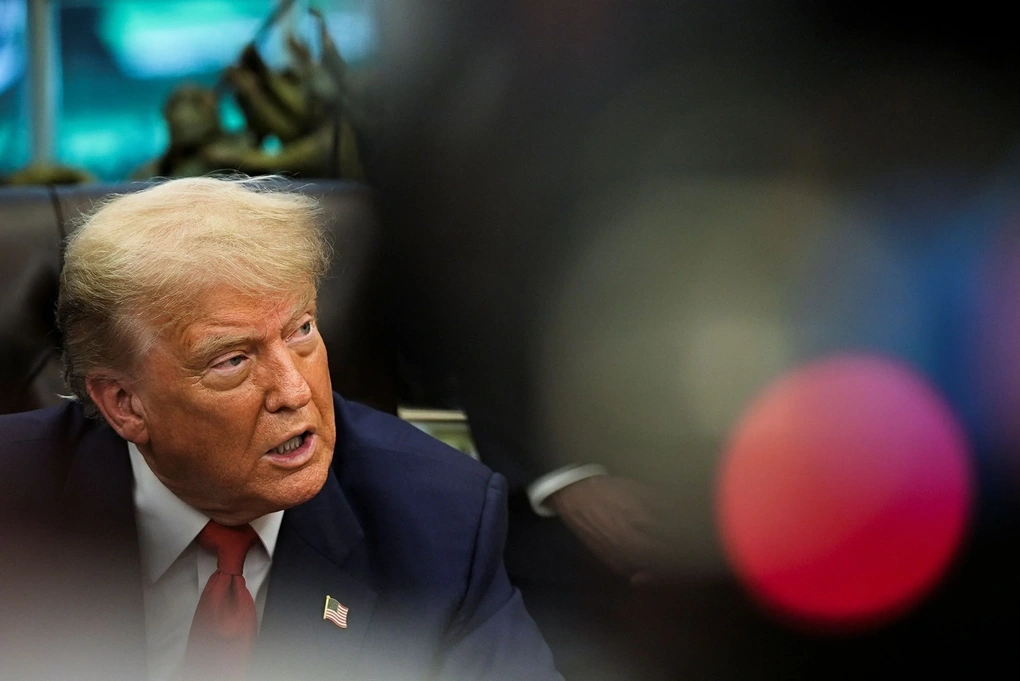
President Trump is "impatient" with interest rates (Photo: Reuters).
Plan to replace Powell is launched
If Mr. Trump's comments were a "signal," then Treasury Secretary Scott Bessent's remarks on Bloomberg TV were the "call to arms."
For the first time, a senior administration official has clearly outlined a path to replace Mr. Powell when his term as chairman ends in May 2026. “We have considered that the person appointed to that seat could become chairman after Jay Powell leaves office in May,” Mr. Bessent revealed.
This means Mr Powell’s potential successor could be installed at the Fed nearly half a year in advance, creating a “chairman-in-waiting” situation within the central bank. While Mr Bessent denies that this would cause confusion, it clearly sends a strong message that Mr Powell’s authority is being challenged from within.
So who are the potential candidates for this seat of power? President Trump, in an interview over the weekend, hinted at three names in mind and specifically mentioned a man named "Kevin".
Observers believe that "Kevin" is Kevin Warsh, a former Fed governor known for his hawkish views. In addition, the list of potential candidates also includes Christopher Waller - the current Fed governor who recently signaled support for interest rate cuts, Kevin Hassett - former director of the National Economic Council, David Malpass - former President of the World Bank and Scott Bessent himself, although he asserted that he is satisfied with his current job.
The emergence of these names suggests that the administration is looking for a Fed chairman willing to stick to its policy line, putting an end to the cautious era of Jerome Powell.
Fed Divided: Between the White House's Hammer and the Anvil of Inflation
Ironically, the Fed is caught between two camps.
One side, led by officials like Atlanta Fed President Raphael Bostic, wants to be “patient.” They believe the labor market remains strong and need more time to see whether new tariffs will spark a resurgence in inflation. “I only want to act when I’m sure I’m on the right track,” Bostic said.
The other side, notably Governor Christopher Waller, believes the impact of tariffs on inflation is “temporary” and the Fed should cut rates soon to support the economy. This split has been noted by major investment banks such as Goldman Sachs, which has just changed its forecast, saying the Fed could cut rates as early as September instead of waiting until the end of the year.
All eyes are now on upcoming economic data. The June jobs report will provide a snapshot of the health of the labor market. Inflation data due next week will be a key indicator of price pressures. In particular, July 9 is when some tariff moratoriums expire, which could spark a new round of price increases.
These numbers will be the deciding factor. If the economy shows clear signs of weakness, the Fed will have a legitimate reason to cut interest rates, easing tensions with the White House. Conversely, if inflation persists, Mr. Powell will face a difficult choice: stand firm and face the president’s reaction, or appease politicians and gamble with the stability of the economy.
Source: https://dantri.com.vn/kinh-doanh/truoc-nga-re-song-con-cua-nen-kinh-te-so-1-fed-se-lam-gi-20250701101135401.htm










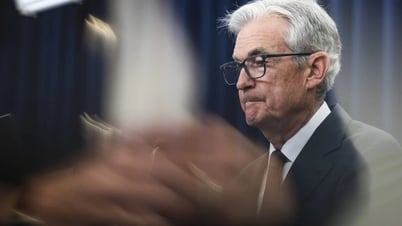
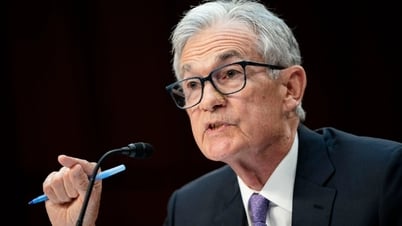


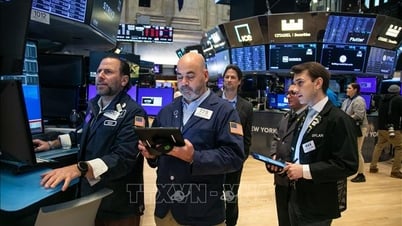

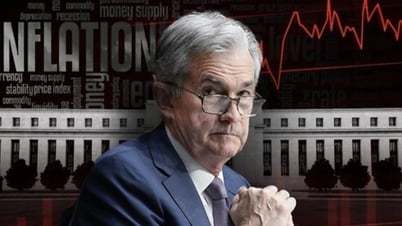



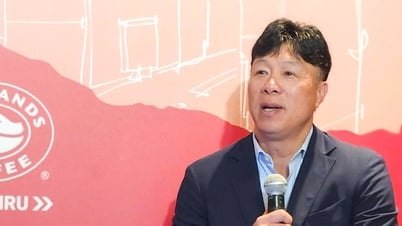
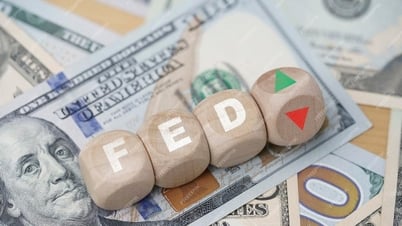


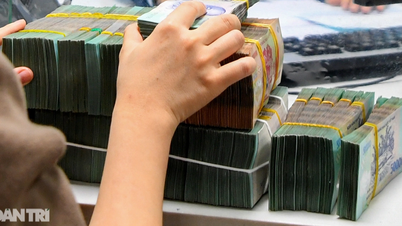







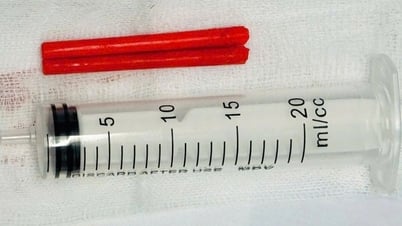






















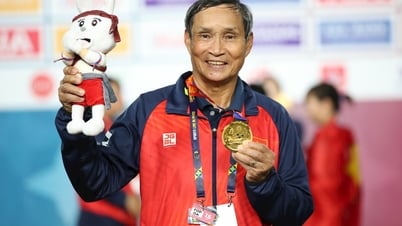

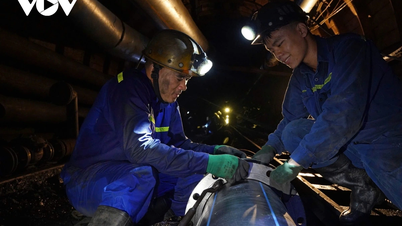








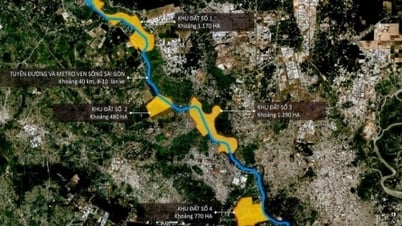




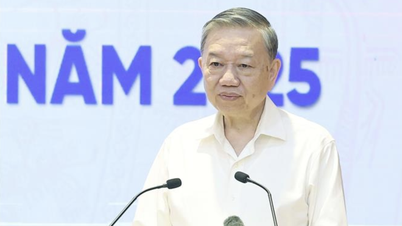

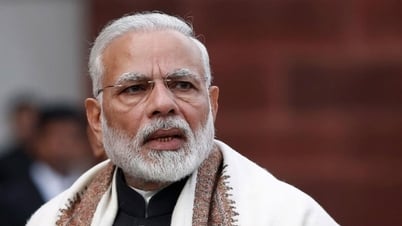



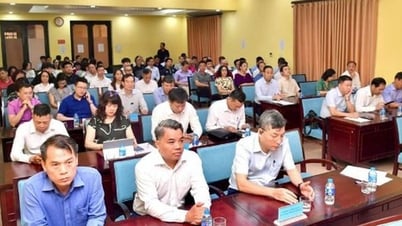




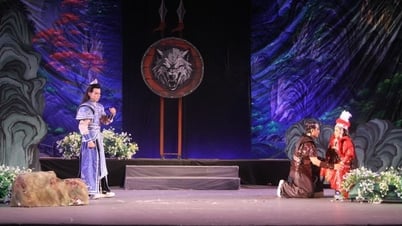

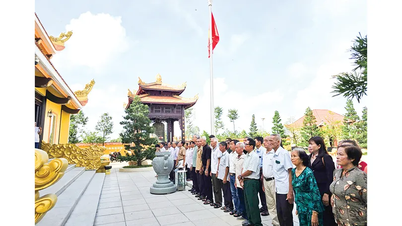

























Comment (0)